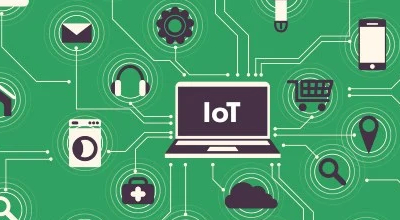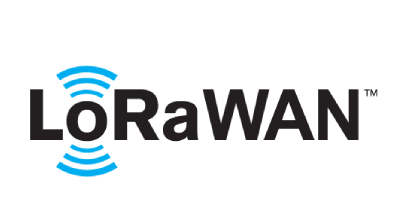
Connecting the World with LoRaWan: The Future of Wireless Sensor Networks
Wireless sensor networks are becoming increasingly important in a variety of industries, from agriculture and environmental monitoring to industrial automation and smart cities. These networks rely on effective communication technologies to transmit data from sensors to a central location, and one of the most promising options is Lorawan.
But what is Lorawan, and how does it work? In this article, we will explore the history, features, and applications of this innovative technology, as well as its advantages and challenges.
I. LoRaWAN Introduction
Lorawan, short for Long Range Wide Area Network, is a low-power, wide-area (LPWAN) communication protocol specifically designed for Internet of Things (IoT) applications. It allows devices to transmit small amounts of data over long distances, using minimal energy and at a low cost.
Lorawan has become a leading choice for wireless sensor networks due to its energy efficiency, long range, and reliable communication. In this article, we will delve into the details of how Lorawan works, and examine its potential for a variety of applications.
II. History of LoRaWAN
Lorawan was developed by the LoRa Alliance, a global non-profit organization dedicated to promoting the widespread adoption of the technology. The alliance was founded in 2015, and since then, Lorawan has gained significant traction in the IoT industry.
The roots of Lorawan can be traced back to the work of French researcher Dr. Cycle, who developed the underlying technology, known as LoRa (Long Range), in the late 1990s. LoRa was later commercialized by Cycle's company, Cycleo, which was acquired by Semtech in 2012.
The LoRa Alliance was formed in 2015, with the goal of standardizing and promoting the use of LoRa technology. Since its inception, the alliance has grown to include over 500 member companies, and Lorawan has been adopted by a number of major telecommunications providers around the world.
III. How LoRaWAN Works
So, how does Lorawan actually work? At its core, Lorawan relies on a technique called spread spectrum communication, which involves spreading the data to be transmitted across a wide frequency band. This allows the signal to travel long distances with minimal interference, as well as resist interference from other signals.
Lorawan operates in the sub-gigahertz frequency range, which is less crowded than other frequency bands and allows for longer range communication. It also uses a unique modulation technique called Chirp Spread Spectrum (CSS), which further improves the range and reliability of the signal.
One of the key features of Lorawan is its ability to support a large number of devices within a single network. It uses a star topology, where each device communicates directly with a central gateway, rather than with other devices in the network. This allows for efficient communication and reduces the risk of congestion.
IV. Advantages of LoRaWAN
There are several reasons why Lorawan has become a popular choice for wireless sensor networks. One of the main advantages is its energy efficiency. Lorawan devices are designed to consume minimal power, allowing them to operate for long periods of time on small batteries or even energy harvested from the environment. This is particularly important for IoT applications, where devices may need to operate for extended periods without access to a power source.
In addition to its energy efficiency, Lorawan also offers long range and reliable communication. It can transmit data over distances of up to 15 kilometers in urban environments and up to 50 kilometers in rural areas, making it ideal for wide-area coverage. It is also resistant to interference and able to maintain a stable connection even in challenging environments.



